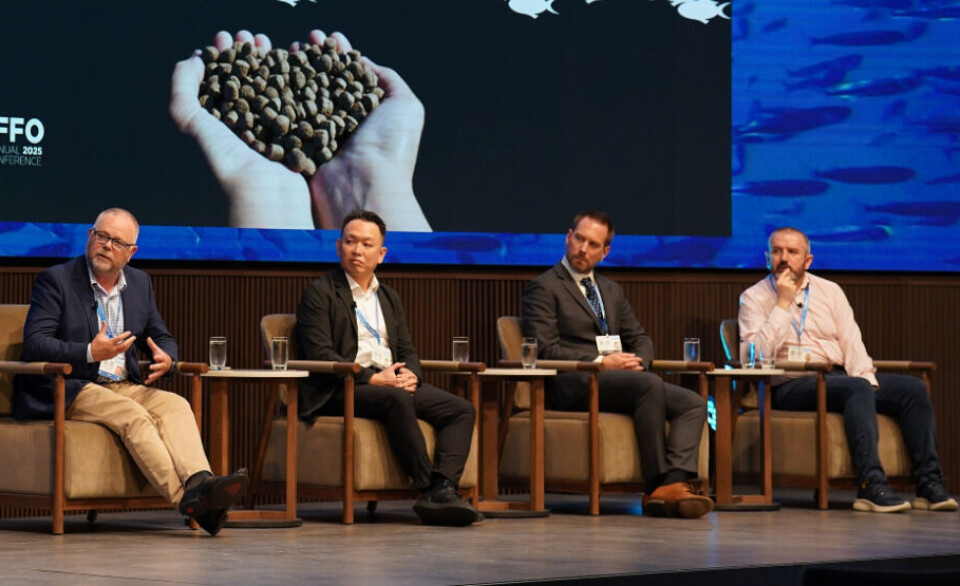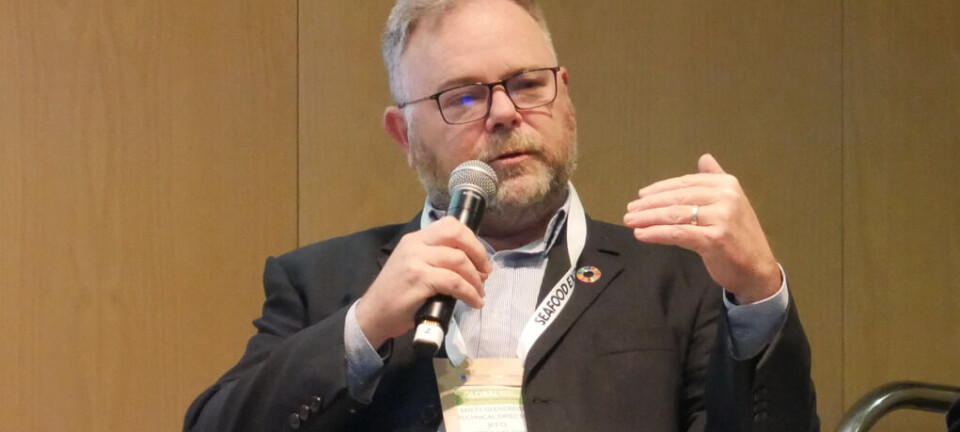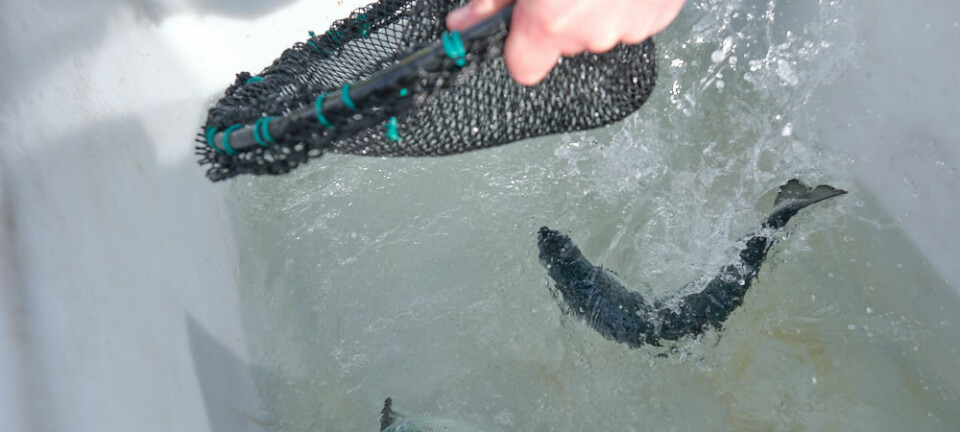
Fish byproduct growth 'bigger than all alternative ingredients'
The contribution of fish byproducts to marine ingredients used in feed remains underappreciated, according to sector expert Brett Glencross.
Glencross, technical director of marine ingredients organisation IFFO, was speaking during a panel discussion on the feed ingredient ecosytsm at IFFO’s annual conference in Tokyo last week, which was attended by 518 delegates from 46 countries and featured 23 speakers over three days.
“The annual growth we are seeing in byproduct fishmeal alone is greater than that of insect meal, algal oil and single cell proteins combined,” said Glencross, an honorary professor at the University of Stirling’s Institute of Aquaculture.
He stressed the importance of objectivity in sustainability narratives and called for better communication about marine ingredients’ role in global food systems.
“Objectivity will always trump subjectivity, and the EU’s CSRD (Corporate Sustainability Reporting Directive) is a big opportunity.”
Fish will move towards poles
In a presentation at the conference, Dr Christopher Free, assistant researcher at the University of California – Santa Barbara, presented his latest research on the impacts of climate change on global forage fish fisheries.
Free, who has a PhD in oceanography and whose research areas are fisheries, marine conservation, and climate change, said fish stocks will likely continue to shift polewards to track cooler water, such as with West African forage fish moving northward.
In the panel discussion, Free described a two-phase shift in the feed ingredient ecosystem.
Diversify species portfolio
“We’ll see gradual change until 2050, and then strong change,” predicted the scientist.
Free emphasised the importance of adaptability, urging the industry to “diversify the portfolio of fish species that are targeted and utilised”, and to reconsider facility locations based on emerging climate science. He also warned of physiological changes in marine life.
“Fish will get smaller in the future. Their oxygen demand will increase, while oceans will hold less oxygen as they get warmer,” he said.
Glencross noted that “certain areas are more sensitive than others”, citing the Peruvian coast – where a large proportion of anchovies are caught - as a relatively stable zone. Glencross praised the fishing sector’s proactive stance, particularly in adopting certification standards.
Scaling SCP 'is not easy'
In a presentation, Matt Longshaw, research and application manager at single-cell protein (SCP) maker Calysta, provided an update on SCP production (sources from yeast/fungi, microalgae and bacteria), focusing on the commercial entities that are working at pilot and at scale up.
Longshaw noted that single-cell protein production is not yet at scale, and due to its lower value in the aquaculture market there has been a shift in focus to livestock, pet and human food applications, especially in Europe. “Most people in reality have not gone beyond lab testing. Getting at scale is not an easy game.”
He concluded “that while these proteins are not intended to replace more traditional protein sources, they are expected to support the wider ingredients industry by providing additional functional benefits alongside more traditional protein sources”.
Big investment needed
Longshaw also took part in the panel discussion, along with Glencross, Free, and Oscar Tjakra, executive director of RaboResearch Food and Agribusiness.
During the discussion, Longshaw said investment of hundreds of millions of dollars was needed in SCP to scale up and bring down the cost.
“Talking about novel proteins at a pilot scale is incredibly expensive. At full scale, when the system is running 100% of the time, those costs come down quite rapidly,” he said.
He predicted market consolidation, saying: “Smaller numbers of players will be seen in the future.”
























































